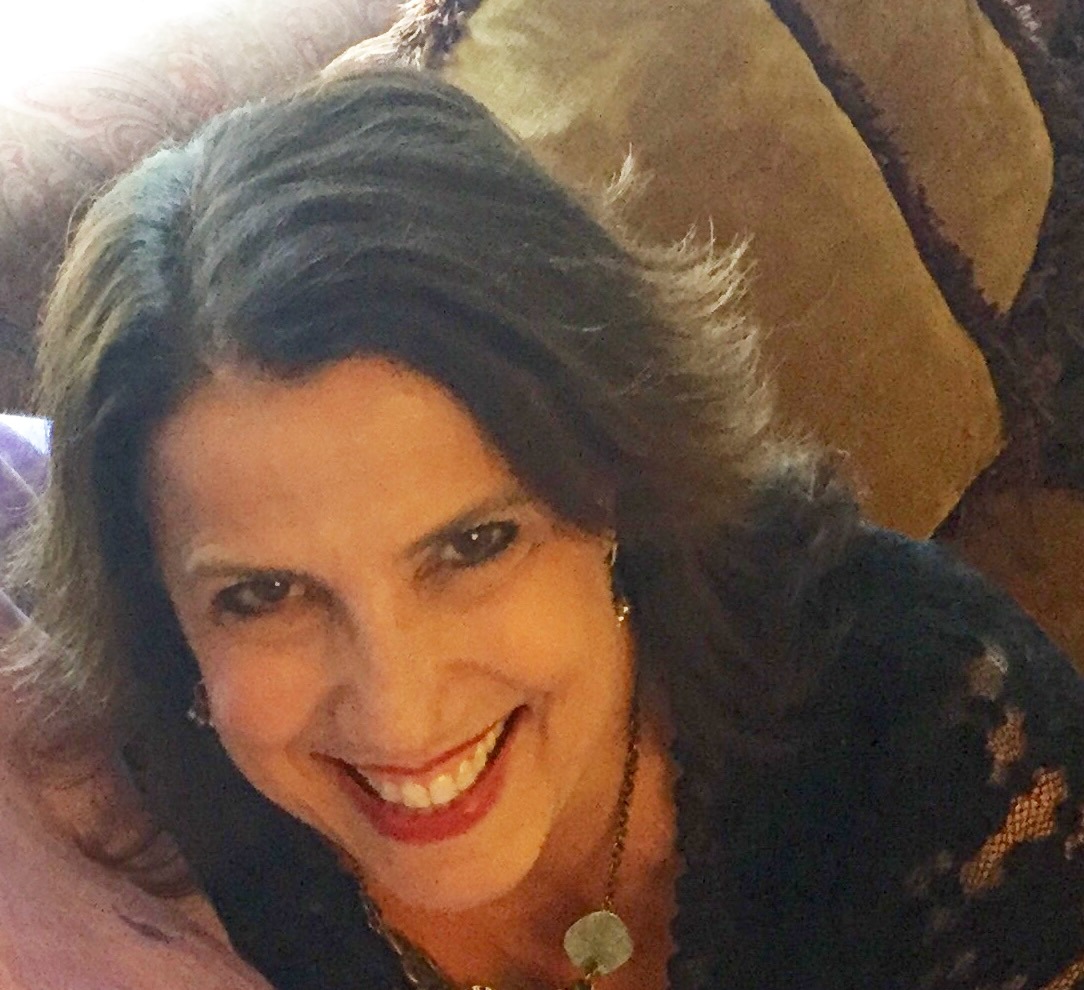
We are following five school leaders as they lead their school communities through a year of rebuilding after the disruption of the past year and a half. While their schools, locations, and experiences are very different from each other, they share a strong, schoolwide commitment to social and emotional learning and to supporting student and teacher success. This month two of our leaders share details about their first weeks of the new school year.
How have the first weeks of the school year been for your community?
Trey Veazey: I have found that it is important to be an honest leader, so I want to be vulnerable and say that, while we came barreling into this school year with all of the hope and optimism in the world, reality, as it often does, provided us with healthy doses of obstacles and challenges. I am thrilled to spend every day in person with our students and teachers; I definitely count that as a blessing. I like to say that I do not have any sizable complaints about the start of the year, and I can stand by that. However, I am quite tired!
Leslie Paynter: When I think about the start of school, I know that a lot of frontloading happens. Calling to mind the notion of reinforcing language, I have often had to say to myself that working so hard now will help us to work more efficiently later. Caring for others is intensive work; wanting to do it well ups the ante. If anything, I hope that everyone in our community can look back on the first weeks and agree that, while we were tired and the days went by at breakneck speed, joy is all around here in the Lower School. During the first weeks of school, we have experienced numerous successes and many difficulties. I know from speaking with my colleagues around the state and the country that many other leaders have experienced this as well. We are continuing to encounter manufacturing delays, such as the 180 student chairs and playground equipment that were supposed to arrive in July. All of us agree, though, that students learn best when they are attending school in person. We absolutely love having all of our students in the classrooms again! With that said, having all of the students in the building comes with challenges that increases the level of stress and anxiety of teachers and staff. Ensuring everyone wears their mask, so we don’t have to quarantine an entire class if someone gets COVID-19; having conferences with parents that don’t want their children to wear a mask; and trying to physically distance 20 students in a classroom are just a few of the challenges that take time and energy away from focusing on the very important academic and social-emotional learning that we must do this year.
What does social and emotional learning look like at your school during the first weeks of the year? Do you have any favorite school traditions or any new approaches that you tried for the first time?
Trey Veazey: Building community when we cannot get together in the same space is tough, but we are trying our very best. We are hosting weekly Community Meetings via Zoom, and they are centered around myriad ways in which we can assure that members of our community feel the sense of belonging that we, individually, desire on an intrinsic level.
Leslie Paynter: For the first time we are hosting grade-level family events. We are sponsoring Family Fridays, where parents with children in a specified grade level can park after Arrival Carpool and join us for coffee, breakfast, and casual conversation. Facilitating these initial connections across families has been critical to our work in helping all families—even those who have been with us for a while—feel welcome. These events are increasing what I like to think of as the “human element,” which is the idea that we are all highly fallible beings who are doing the best we can to enrich the lives of those entrusted to us. During the first weeks of school, our students and staff have been discussing their hopes and dreams for the school year. This is helping our community of learners get excited about what we are going to learn and also makes a personal connection. By inviting students and staff to name their hopes and dreams for the 2021–2022 school year, we are showing that all of us are valued members of our community, that school is a safe place, and that we have a lot of fun, exciting, and challenging work to do! Creating a tone of trust and respect for all students, staff, and families is one of the most important things we do at the beginning of the year.
Creating a tone of trust and respect for all students, staff, and families is one of the most important things we do at the beginning of the year.
Did you make any changes to the way school started this year to support educators, students, and families socially and emotionally? If so, please describe what you did differently and how your community responded to it.
Trey Veazey: I love having the fresh slate of a new year. It’s not only a chance to try new things, but this year there is such positivity after looking to the lessons learned from the year before. After a year laced with disconnection, I am determined to not only continue my previous efforts of building relationships but also to heighten that work. Sometimes, our most intentional practices can feel forced, which is the opposite of what I want when connecting with our students and families. I have a special regard and love for the members of our community, and I want that to come across genuinely. One of the ways that I am attempting to do so this year is by making sure that I know multiple unique things about each of our teachers, students, and families, and then making use of that information by crafting conversations around it. I am also a proponent of handwritten notes. Few tools in our toolbox carry as much weight as taking the time to write down on paper the ways in which a student or teacher has enriched our lives. I look forward to finding time each week to write notes that, as an added by-product, also bring me joy and fulfillment. These days, I cannot pass up such a chance.
Leslie Paynter: The start of this year continues the challenge of making connections and building the type of relationships with our families that contribute to a vibrant and joyful climate and culture. For example, because of the restrictions brought about by COVID-19, we had to get creative on how we conducted our Open House before the first day of school. We knew that our community truly needed the ability to connect in person before the first day of school. We accomplished this by having all staff and visitors wear masks and staggering the start and end times by grade level to limit the number of students and parents in the classrooms and the building. It was wonderful to see families in the building and meet our families face-to-face.
Is there anything else you would like to share about the first weeks of the school year?
Trey Veazey: They went by quickly, didn’t they? I’m already looking forward to making use of this year’s learned lessons to make the beginning of next year even better. Cheers to everyone else out there making a difference!
Leslie Paynter: Finding time for social activities and team building for our staff can be a challenge even without the pandemic. However, over the years, I have found that when the staff knows each other on a more personal level, they are far more likely to be empathetic and to overlook small disagreements. Our counselor created a program for the staff called “Coyote Buddies” (our school mascot is the coyote). Any staff member who wants to participate completes an inventory of things they like and are assigned a secret buddy. Throughout the school year, we are to leave notes of encouragement, a small treat, or something else positive for our secret coyote buddy.

TreyVeazey—Assistant Head of Lower School, The Walker School, Marietta, GA

Leslie Paynter—Managing Director/Principal of Alamance Community School (ACS), Haw River, NC
